

Global high-mix volume high-speed PCBA manufacturer
9:00 -18:00, Mon. - Fri. (GMT+8)
9:00 -12:00, Sat. (GMT+8)
(Except Chinese public holidays)


Global high-mix volume high-speed PCBA manufacturer
9:00 -18:00, Mon. - Fri. (GMT+8)
9:00 -12:00, Sat. (GMT+8)
(Except Chinese public holidays)
HomePage > Blog > Knowledge Base > A Comprehensive Guide to Rigid PCB
Rigid PCBs are among the most crucial parts of any electronic manufacturing process. Be it simple consumer electronics, medical devices or more complex industrial systems, they have always been the ideal solution.
One of the main reasons rigid circuit boards continue to dominate the market up to date is because of their strength and versatility.
Read on as we take a more in-depth look at rigid PCBs, their features, manufacturing process, and more.
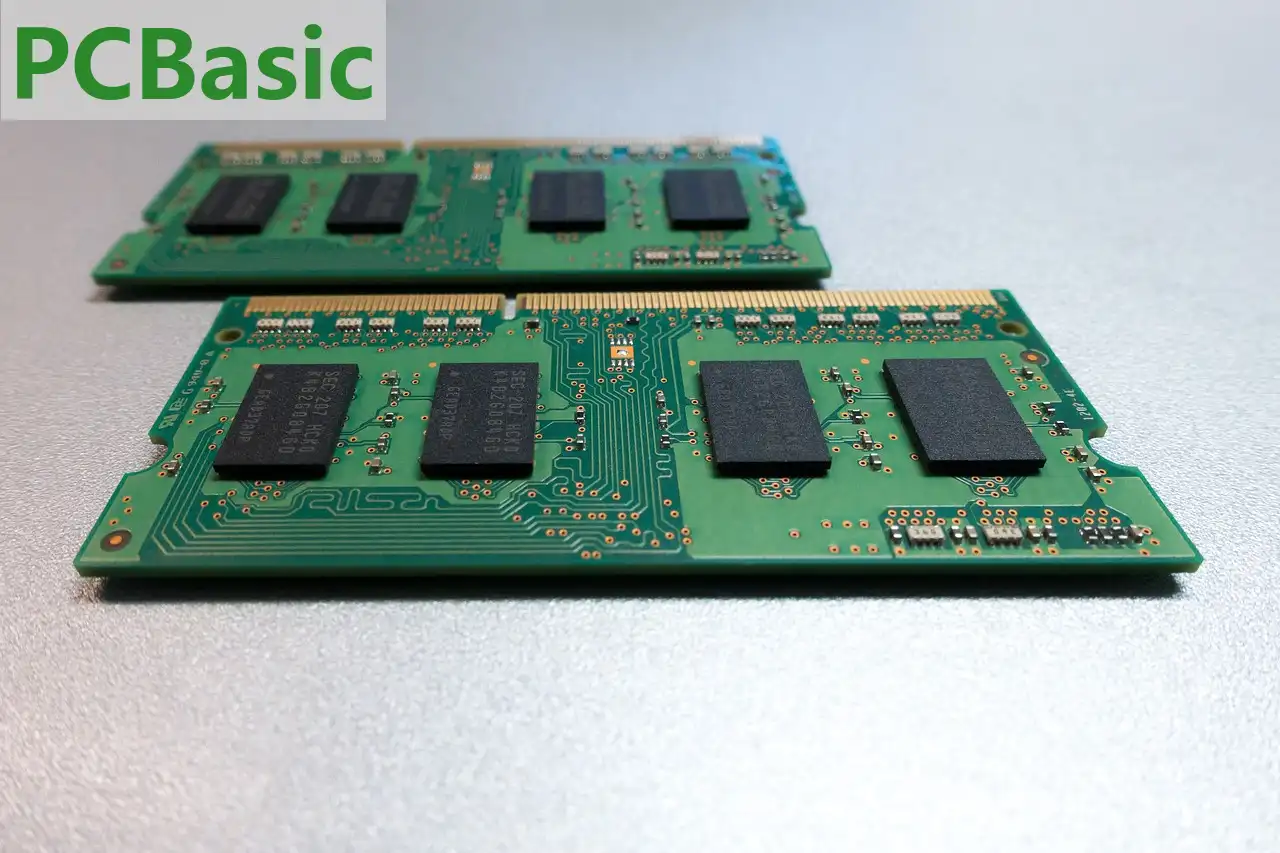
A rigid PCB is one of the most fascinating circuit board types. Unlike flexible circuit boards that can bend and flex, rigid PCBs feature rigid, solid structure – thanks to their rigorous composite material composition.
At the core of every rigid PCB lies a rigid substrate (usually a glass-epoxy laminate like FR4) which prevents any warping or distortions. This allows rigid circuit boards to maintain their precise shape and placement of components no matter the conditions. Topping this sturdy substrate are meticulously etched layers of copper traces and pathways – each one enabling critical electrical connections.
Encapsulating the whole assembly are protective coatings like solder masks and identifying silkscreens. Once manufactured, rigid PCBs lock their form forever – making them perfect for applications requiring unyielding position and performance. Their design is also scalable from basic single-layer forms to complexity of multilayer structuring with 6, 8 or 10+ finely-tuned layers.
Rigid circuit boards truly exemplify the balance of strength and circuitry. Their resilience has made them central to domains like computers, industrial machinery, aerospace technology and more.
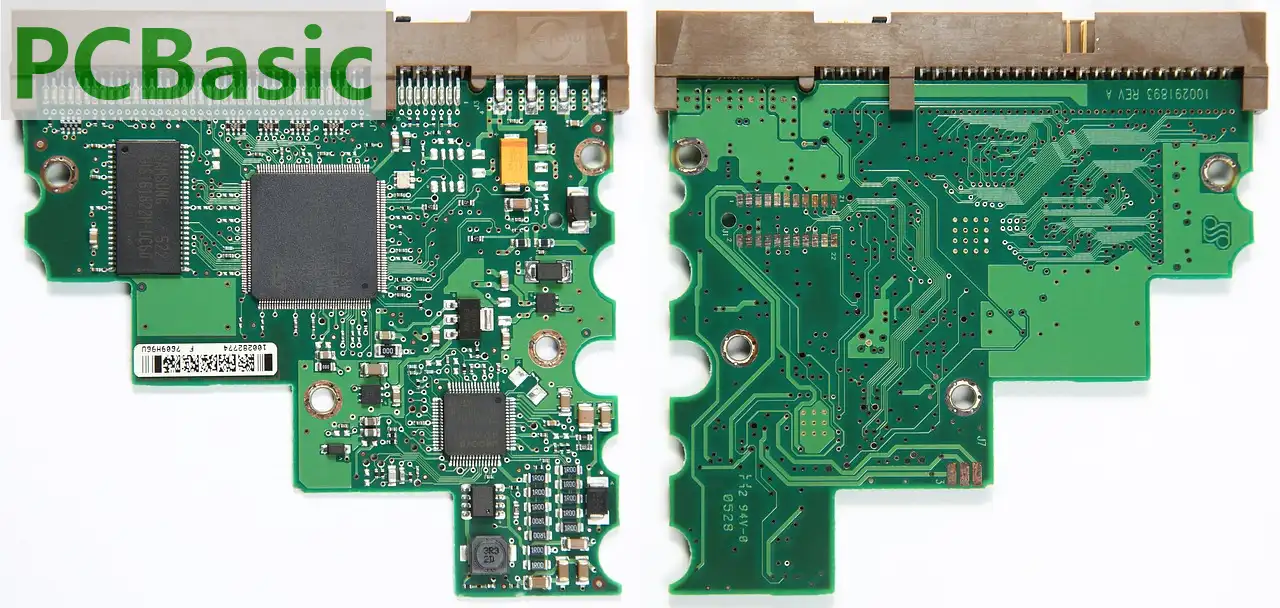
Rigid circuit boards offer a unique combination of attributes that make them ideal for a wide range of demanding applications.
Here are some of their key features:
● Durability: Rigid circuit boards feature solid substrates that provide inherent strength and rigidity. This durability makes them resistant to flexing, twisting and warping over extended use in challenging conditions. With no risk of component movement or breakage, rigid boards maintain circuit integrity through countless power cycles.
● Heat dissipation: The solid construction of rigid boards facilitates optimal heat dissipation compared to flexible boards. Their copper layers efficiently distribute thermal loads across the board. This optimized thermal performance allows rigid boards to reliably operate electronics in high-temperature industrial environments that would damage less robust board types.
● High-density circuitry: Rigid PCBs accommodate greatly dense circuit design compared to flexible PCBs. Their rigidity holds tightly packed components, interconnects and layer stacks in precise alignment. This high-density capability maximizes functionality within minimal board space for size-critical applications.
● Application versatility: From basic consumer electronics to advanced aerospace systems, rigid PCBs excel in a vast array of sectors and product types. Their design versatility supports anything from simple singule-plate components to complex multilayer CPU architectures. This wide application range stems from rigid boards' ideal balance of strength, thermal performance and circuit complexity.
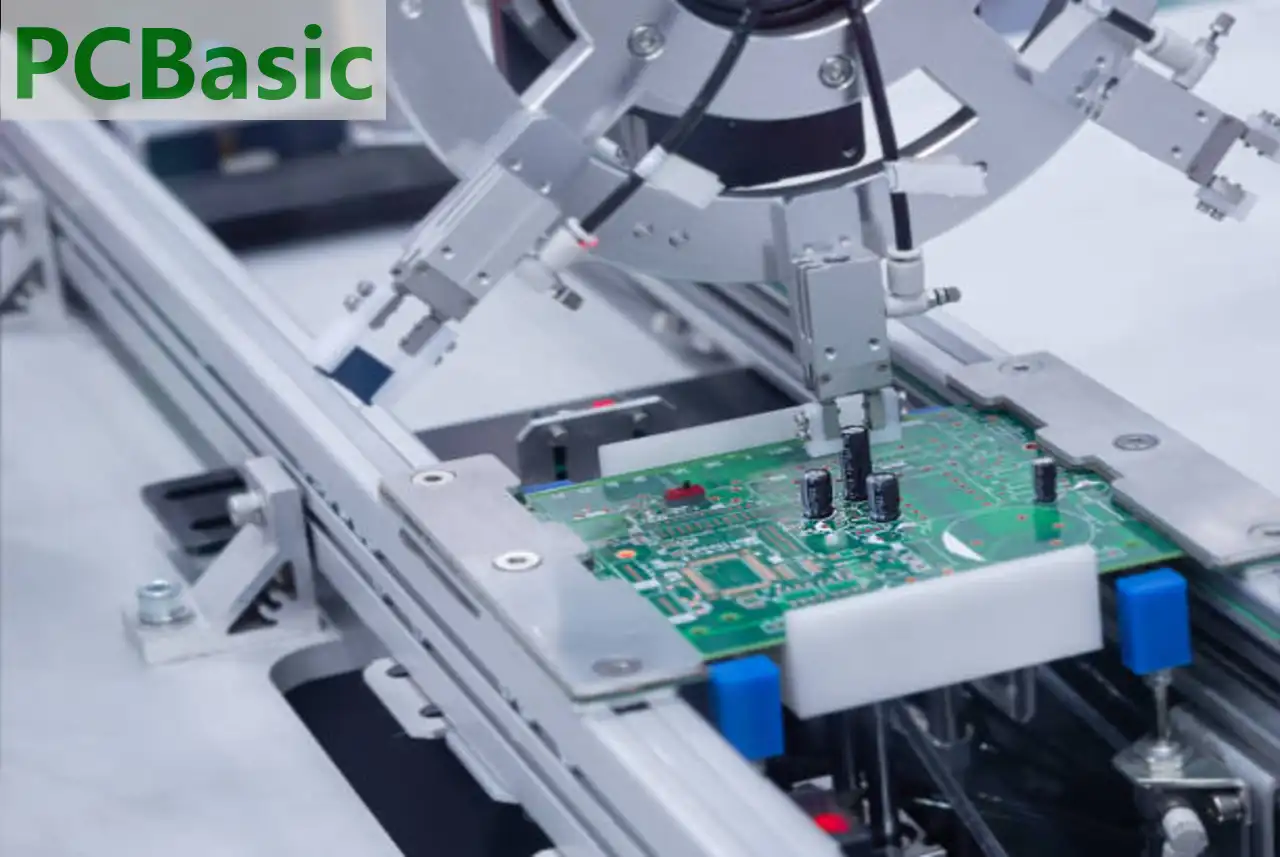
The process of manufacturing a rigid PCB may seem like that of a simple circuit board but it is not so. Unlike flex PCB manufacturing, it involves a more rigorous process that requires more input.
These are the steps that are followed to make the final product:
The process starts with copper-clad laminates which act as the base material to the whole process. These laminates are usually of FR-4 fiberglass and can be several feet wide. The laminate sheets are then cut into smaller panels of the size of the required PCB design with the help of a precision computer-controlled cutting machine. Slicing knives scratch and tear the material and provide the panel edges that are ready for further processing and are clean and smooth.
In the case of multilayer boards, the inner layers have to be made. Thin foil sheets are exposed to the layer’s circuit image through photoresist imaging methods. Preg sheets – thin plies of fiberglass/epoxy – are used to insulate the layers. The etched foils and prepregs are then aligned in a suitable manner and then put into a vacuum lamination press. The materials are heated and pressed together and the molecular bond is formed on the atomic level to create a single rigid panel with multiple layers of circuits embedded in it.
Vias – plated holes that connect layers – are drilled through the laminated stack by using a high powered UV laser that is controlled by the PCB data files. It is possible to bore holes with an accuracy of a few thousandths of an inch in diameter. The rapidly moving laser accurately penetrates through each layer, which means that the connections between the embedded circuit patterns are perfectly vertical.
For the outer layers, the photoresist is used and the photomask film and UV light are used to pattern the photoresist before etching of the copper. The exposed film is then washed off leaving behind the copper layer. The panels are then placed in a ferric chloride etching solution to remove any copper atoms that may be exposed in the panels. This exactly outlines the circuit traces and features.
Electrolytic copper deposition is used to increase thickness of the traces and to copper fill the laser vias. When an electric current is passed through an electrolyte bath, copper dissolved in the bath is deposited on the prepared board surfaces. This enhances the connection between layers.
A thin layer of solder mask material in the form of sand is then applied on the patterned copper surfaces by screening. It is then exposed to UV light or heat where it undergoes a chemical reaction to make the coating become hard. The solder mask also serves the purpose of preventing the copper layer from oxidizing and getting damaged while at the same time allowing the pads and traces to be visible for assembly.
Immersion or electrolytic deposition is used to put surface finishes to the exposed pads. HASL type of finish uses hot tin-lead solder electrolyte while ENIG uses nickel and immersion gold. These shields expose copper from corrosion and ensure proper soldering when the product is being manufactured.
Solder masks are used to print labels, text and diagrams on the silkscreen layer to pass information on the design. PCB designs are used to create stencils that help in the placement of each printed character with a lot of precision and uniformity.
Inline electrical tests are performed automatically with the help of probe cards equipped with needles of a micrometric size. Computer controlled systems check proper connectivity by passing signals through vias and traces according to the netlist file created by the designer.
Any mistakes are indicative of problems from manufacturing or design. Only those boards that are fully functional are able to pass this important quality test.
The finished boards are accurately shaped by CNC mills to the final contour dimensions mentioned on the Gerber data files. High-speed rapids spinning end-mills cut through layers with a microns accuracy leaving edges clean and ready for assembly and integration.
The building blocks of rigid printed circuit boards are the various material layers that give the board its structure and function. There are four fundamental layers - the substrate, copper, solder mask and silkscreen layers.
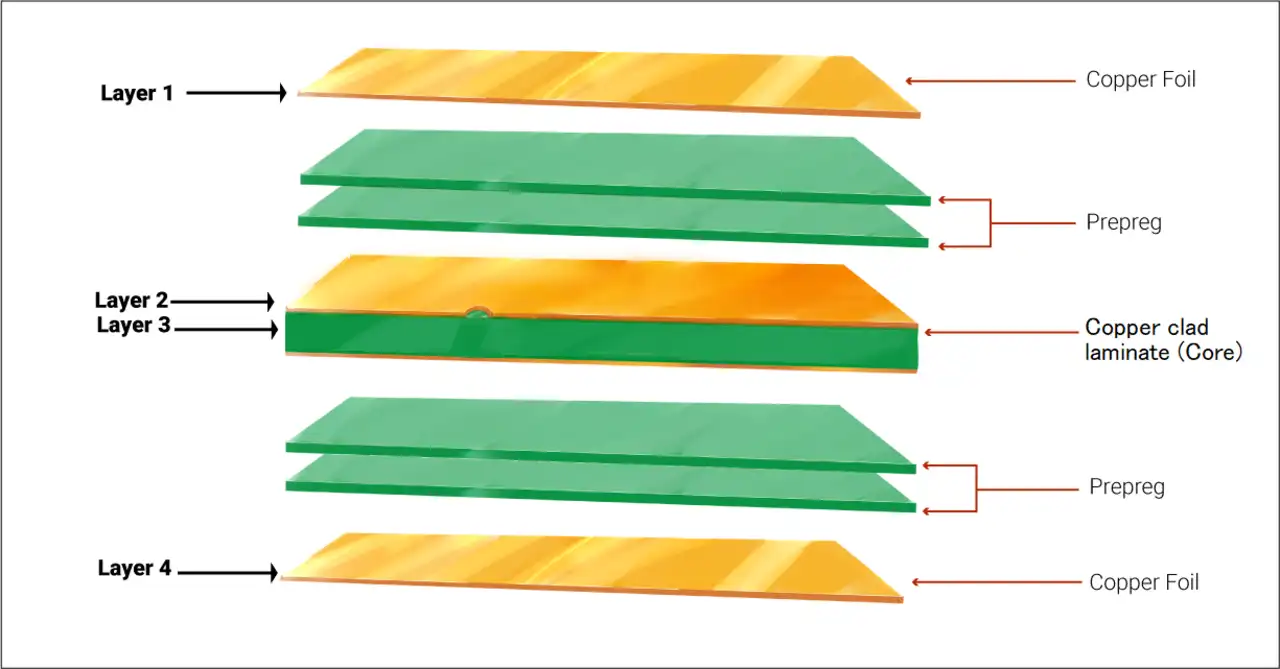
As the foundation, the substrate layer provides the board's rigidity and rigidness. It is typically made of fiberglass reinforced epoxy resin, commonly known as FR-4. FR-4 remains the most widely used substrate material due its heat resistance, strength and affordability. Other options include phenolic, polyimide and ceramic-based materials which offer enhanced features but at a higher cost.
Copper cladding is laminated on one or both sides of the substrate to form the circuit pathways and connections. Copper is an excellent conductor of electricity which allows signals and power to flow efficiently across the board. For many applications, multiple inner copper layers may also be added to the PCB stackup to create more complex circuit routing in less board space.
Applied over the copper layer, solder mask serves several critical roles. It protects and insulates the copper from corrosion and oxidation. It also prevents solder bridges from forming between adjacent copper traces during the assembly process. Solder mask is typically a digitally printed coating that is heat cured onto the board.
This final layer prints the component designations, manufacturer logos or other identifying text directly onto the surface of the solder mask for easy identification. Silkscreened markings remain legible throughout the lifetime of the PCB.
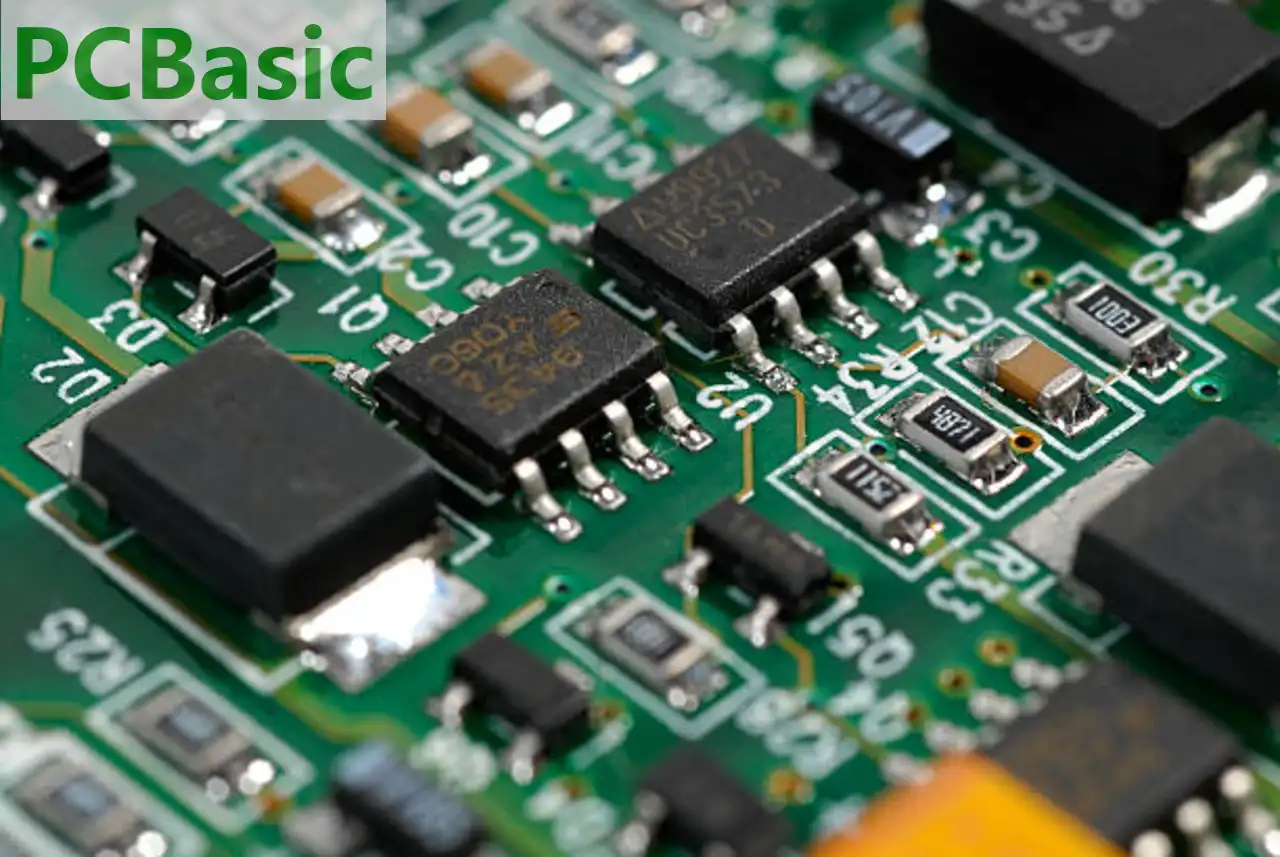
These are some of their most common uses:
• Consumer Electronics: A large number of devices that we constantly employ in our daily lives are based on the use of rigid PCBs. All sorts of devices, such as computers, laptops, tablets, mobile phones and others, have rigid boards for their internal wiring.
• Industrial Equipment: Since rigid PCBs are controlled and fixed in form, they can be used in industrial machinery. They are used in automation systems, medical devices such as MRI machines, networking equipment, and many others.
• Automotive Electronics: The environment of vehicles is very challenging and thus, the electronics used in the vehicles must be robust and stable. Rigid PCBs are used in systems such as dashboard computers, engine control modules, sensors, and many others.
• Aerospace Technology: Conditions in planes and space vehicles are as bad as they can get. Rigid panels withstand heat, vibrations, and stress and thus support avionic equipment, sensors, communication equipment and so on.
• Heavy Machinery: As with automotive, rigid PCBs can endure the harsh environment of the use of equipment such as manufacturing tools. They are employed in industrial robots, 3D printers, factory automation and many others.
• Appliances: Most household appliances, such as washing machines, dishwashers, air conditioners, and more are designed with rigid circuits to minimize failure. They are not very mobile, which is good for stationary appliances.
When developing a printed circuit board, one of the first significant choices made is whether it will be rigid, flexible, or rigid-flex. Both types have their unique characteristics that qualify them for specific uses.
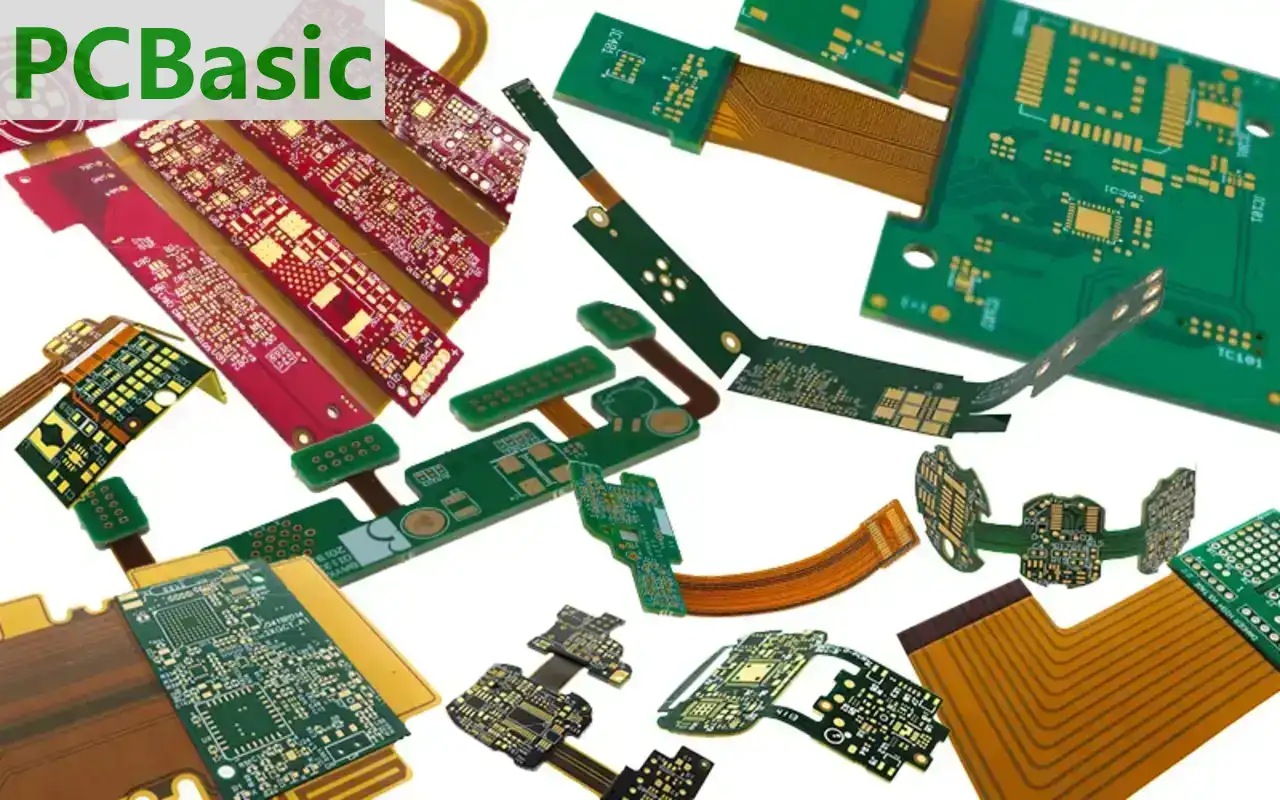
Rigid PCBs are the most robust and can withstand harsh conditions as compared to the flexible ones. Manufactured from rigid fiberglass or FR-4 material, they are heat, impact, and pressure resistant. However, their construction is very rigid and they cannot bend or flex in any way.
Flexible PCBs are made from thin polyimide film and therefore they are light in weight but soft and can easily be bent. However, they are not as rigid and strong as rigid boards which are used in most applications. Rigid-flex PCBs are a compromise – rigid parts offer structural stability and the flexible sections can be bent.
Smartwatches, mobile phones, and products that have a capability of being folded or can be made flexible need flexible or rigid-flex designs. Only these options can be shaped to fit the contours of curves or bend at hinges/joints.
Rigid PCBs are rigid – they do not bend or flex, they remain flat and can’t be folded. Selecting flexible or rigid-flex allows you to have much more freedom in designing beautiful and ergonomic enclosures that can also follow the user.
The signals passing through the rigid boards are least disturbed and the interferences are very low. On flexible boards, lines which are in close proximity to each other or intersecting at small angles can cause noise or crosstalk.
Rigid-flex boards do this through rigid ‘islands’ that contain noise sensitive components and signals in separate areas. If noise/crosstalk is not an issue in your design, then basic single-sided flexible circuits should be sufficient.
Rigid-flex PCB costs more because its fabrication is more complicated than rigid boards, and it uses chemical procedures. They are normally more expensive per unit than other forms of packaging. Flex circuits also have larger design margins and routing issues.
For basic, inexpensive layouts that do not call for mechanical bending, rigid boards continue to be the least expensive option.
Rigid boards are usually made from fiberglass laminate materials such as the FR-4 which has the capability of handling high temperatures.
Flexible boards use polyimide film which has lower heat resistance as compared to the epoxy glass fiber used in rigid boards. Rigid-flex has the advantages of both the above mentioned technologies. Flexible circuits also have low resistance to chemicals, moisture and corrosive environment than the rigid circuits boards.
Rigid boards enable higher component density because the components do not require a larger separation as in flexible circuits. This makes rigid best for applications that require a high density of components to be accommodated in a given space. Flexible and rigid-flex have lower maximum component densities than rigid.
Rigid boards are usually less complex to manufacture than the flexible or rigid-flex boards. Some of the characteristics such as plated through holes, multi-layering and tight design requirements are easily implemented on rigid PCBs. Flexible and rigid-flex fabrication involve laminating, flex cutting and routing which are different from conventional fabrication and add to the fabrication difficulty.
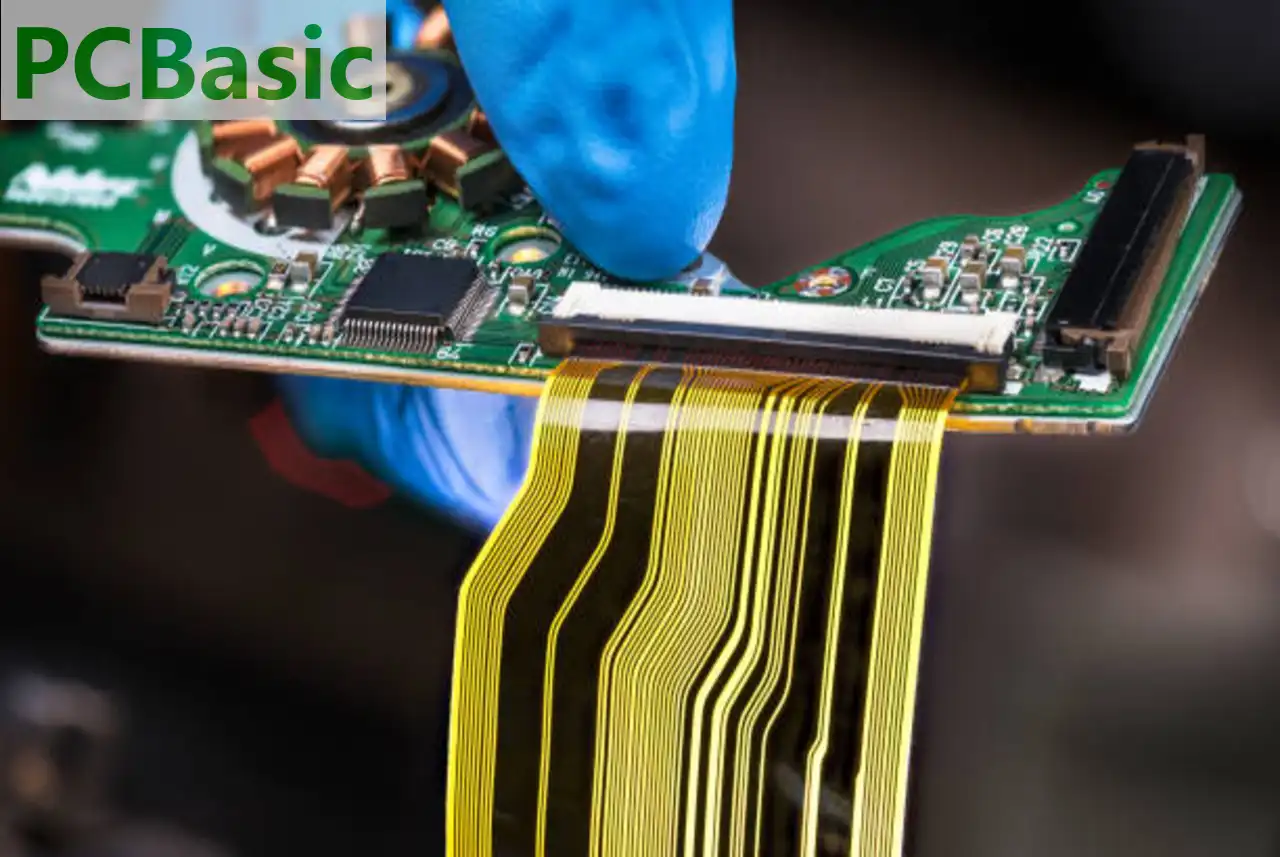
Rigid PCBs continue to be an indispensable part of electronic manufacturing. Whether it's consumer electronics, automotive apps, industrial machinery or aerospace systems – rigid boards provide the reliable foundations for circuits of all kinds.
As technology grows ever more sophisticated, so do the demands we place on PCBs. Manufacturers are constantly innovating to push the limits of what's possible, from multi-layer complexity to nano-sized traces.
If you've got an electronics project in the works that could benefit from a customized rigid PCB, PCBasic has got your back. Our team of engineers have decades of experience crafting boards for all manner of applications. Best of all, we can provide a prototype for you at an affordable price.
Simply contact us today to get started – it could move your next innovation one step closer to reality.
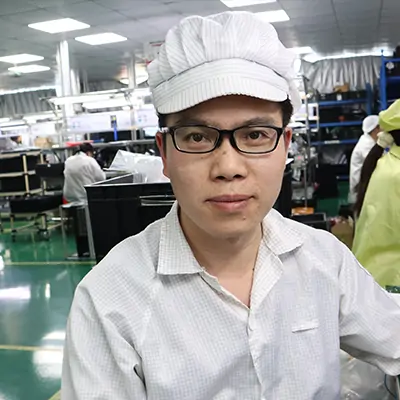
Assembly Enquiry
Instant Quote
Phone contact

+86-755-27218592
In addition, we've prepared a Help Center. We recommend checking it before reaching out, as your question and its answer may already be clearly explained there.
Wechat Support

In addition, we've prepared a Help Center. We recommend checking it before reaching out, as your question and its answer may already be clearly explained there.
WhatsApp Support

In addition, we've prepared a Help Center. We recommend checking it before reaching out, as your question and its answer may already be clearly explained there.
